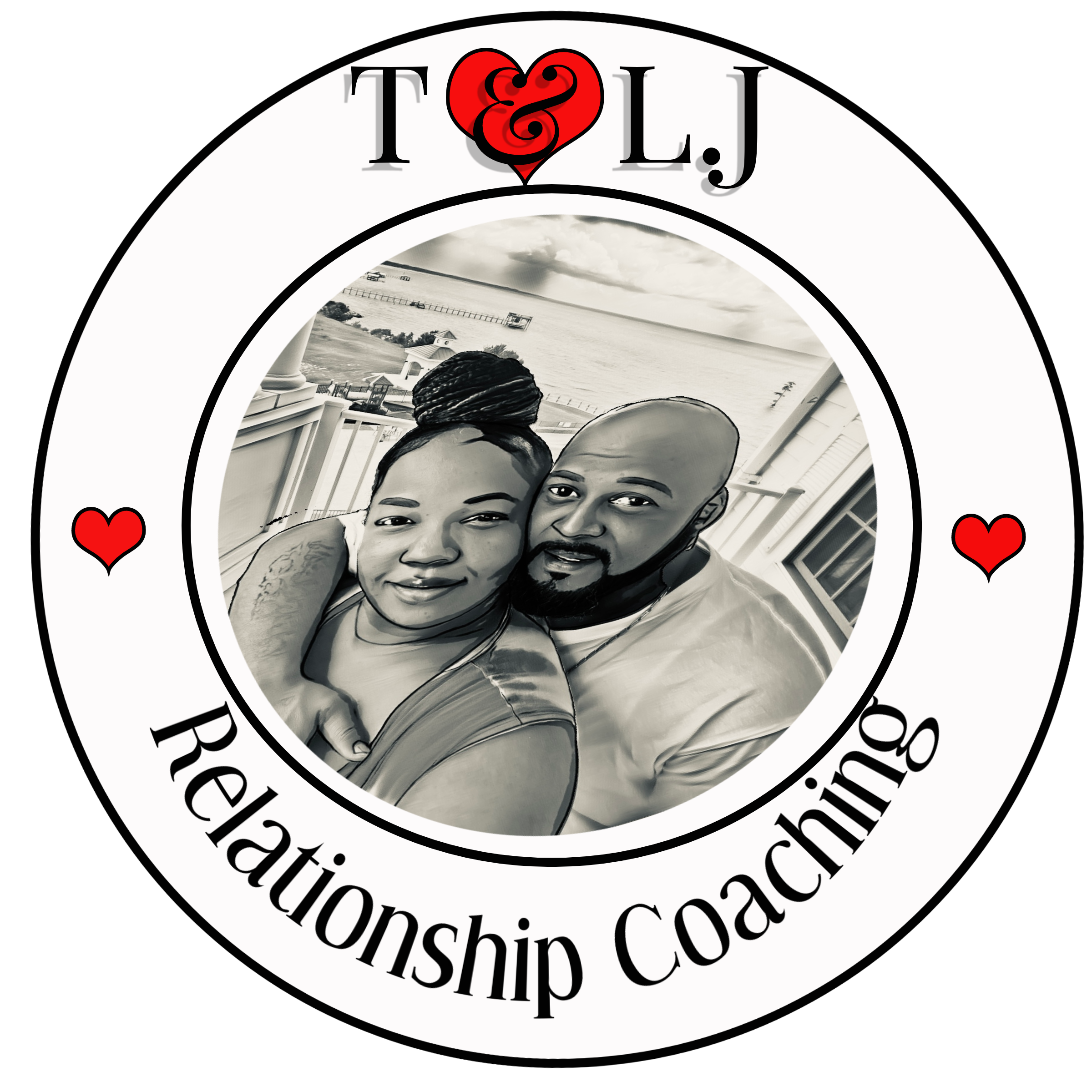The Power of Presence
Understanding Non-Verbal Communication
From my experience, the way we communicate often goes beyond mere words. Non-verbal cues like body language, eye contact, and facial expressions are incredibly powerful. These silent signals can convey emotions and intentions that words sometimes fail to capture. For instance, a warm smile can put someone at ease more effectively than a reassuring phrase.
When you’re in a dialogue, pay attention to these non-verbal signals. They often speak louder than what you’re actually saying. I remember a time when a friend was going through something tough; just being there in silence, offering a hug rather than a flood of words, had a far more comforting effect. It’s amazing how a simple gesture can communicate so much.
In situations where words can complicate things, prioritizing presence over articulation can truly make a difference. I’ve learned that sometimes, just being there—physically and emotionally—can create a safe space for others to express themselves when they’re ready.
Listening as a Form of Silence
The Art of Active Listening
I’ve discovered that listening is one of the crucial yet underrated aspects of communication. Active listening involves giving someone your full attention and making an effort to really understand their message. I used to think that responding quickly was the key, but it turns out that pausing and absorbing what’s being said is even more essential.
By practicing active listening, I found that people are more willing to open up. They know that I value what they say, and it encourages a deeper conversation. I remember an enlightening discussion with a colleague; instead of jumping in with my thoughts, I simply listened. This led to a more profound exchange, and we both walked away with fresh insights.
Moreover, the power of silence often comes into play here. In moments of emotional vulnerability, a thoughtful silence can provide the listener a chance to reflect and the speaker a chance to think. It’s during these pauses that some of the most meaningful dialogues take place.
Creating a Safe Space
The Impact of Emotional Intelligence
In my journey, I’ve learned that fostering an atmosphere where silence is welcomed can have a huge impact on our interactions. This is where emotional intelligence steps in—knowing when to speak and when it’s better to stay quiet. Acknowledging someone’s feelings without immediately trying to fix them can often be more beneficial.
When I create environments where silence is okay, it encourages my friends and colleagues to share their thoughts and feelings without fear of judgment. For instance, in a team meeting, I often hold back from voicing my opinions right away. Instead, I allow space for others to articulate their ideas first. This not only nurtures their confidence but also enriches the discussion.
Emotional intelligence plays a massive role in how we navigate these silent spaces. It’s about tuning into the emotional currents within a conversation, knowing when someone might need a moment, and respecting that silence.
Silence in Conflict Resolution
Leveraging Silence to De-escalate Situations
I’ve found that silence can be a game changer when it comes to conflict resolution. In heated discussions, instead of diving headfirst into an argument, taking a moment to pause can lead to better outcomes. This is something I’ve applied both personally and professionally, and the results have been eye-opening.
For example, during a disagreement with a colleague, I chose not to respond right away. Instead, I took a breath and gave us both a moment to reflect. This simple act of silence dissipated some of the tension and laid the groundwork for a more constructive conversation. Sometimes, the less said, the better.
Additionally, it’s important to note that silence doesn’t equal weakness. On the contrary, it can show strength and confidence. Standing firm in silence, while others may react impulsively, can help de-escalate tension and lead to more thoughtful resolutions.
Finding Strength Within Yourself
Embracing Solitude for Personal Growth
Lastly, I’ve come to appreciate that silence can also be a journey inward. Embracing solitude has become essential for my own self-reflection and growth. Taking time to be alone with my thoughts allows me to process my feelings and understand my needs better, which ultimately enhances how I interact with others.
During moments of solitude, I often engage in journaling or meditative practices. This quiet time helps me organize my thoughts and reset my emotional balance. I’ve seen firsthand how having this inner dialogue strengthens my ability to communicate and connect with others. It’s like feeding my soul, preparing me for whatever comes next.
Moreover, the comfort I find in solitude has made me a more empathetic and understanding person. By understanding my emotions through silence, I can better appreciate the emotions of those around me, leading to stronger relationships and a deeper connection with others.
FAQs
What is the main idea of “The Strength in Silence”?
The article emphasizes the importance of silence in communication, highlighting how non-verbal cues, listening, and creating safe spaces can enhance our interactions.
How can I improve my non-verbal communication skills?
Improving non-verbal communication involves being aware of your body language, maintaining eye contact, and being mindful of the emotions you express through facial expressions and gestures.
Why is active listening so important?
Active listening allows for a deeper understanding of the speaker’s message and helps foster trust and connection. It shows the speaker that their thoughts are valued.
How can I create a safe space for others?
Creating a safe space involves being open, non-judgmental, and ensuring that individuals feel comfortable expressing themselves. This can be done through empathetic listening and validating their feelings.
What role does silence play in conflict resolution?
Silence in conflict resolution can help de-escalate tensions, provide space for reflection, and lead to more thoughtful responses rather than impulsive reactions.
Schedule Your First 20-Minute Coaching
Call With Us Today to see if we fit . You pick the price!
Click Here
